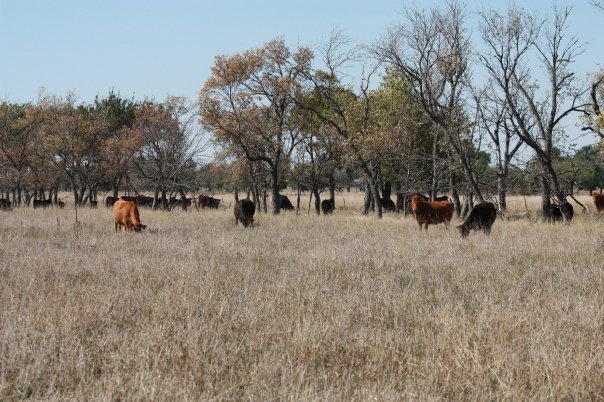4 things to do now to get your succession plan on track
Doing nothing isn’t an option when it comes to succession planning. Do these four things instead.
September 20, 2017

Time has a funny way of slipping away from us. Life just moves fast, especially when you’re raising kids, working on the ranch and trying to build your legacy. I’ve been thinking about this more lately as we moved my second set of aging grandparents into a smaller home off the ranch they’ve lived on for 60 years.
The average age of the U.S. rancher today is 58 years old, and there are fewer young people ready and willing to take over where their parents and grandparents left off.
The challenges of young producers are great. The massive amount of capital required, along with the factors outside of your control — markets, weather, etc. — make this a difficult career choice. Unless your heart is totally in it and this is where your passion truly lies, a person would be wise to look elsewhere to make a dollar.
Yet, even those who truly love production agriculture may lack opportunities to get started in this business. While many young people are able to start their operations from scratch, for many ranching families, the business has been passed down from generation to generation.
But what happens if succession planning never happens? If the older generation chooses to do nothing, does the operation have a chance of successfully transitioning to the next generation?
In a recent article for Network of Family Businesses & SKM Associates Family Business Advisors, Steve Moyer writes, “For too many families in business, the easiest approach to succession planning is avoidance: do nothing. However, ignoring the inevitable doesn’t make it go away. Ready or not, the time for succession will come.”
Moyer asks, “What makes planning for succession so difficult for so many business families? Reasons families do nothing run the gamut: the senior generation fears letting go; the business is going well and it is too much fun to let go; the business is struggling and the senior generation feels like they have to get it back on track; the senior generation’s belief that the rising generation is not ready or not interested; the senior generation’s indecision in choosing the next leader; the family wants to avoid difficult or awkward conversations; psychological and emotional connections to an identity connected to leading the family business.”
Moyer cautions readers against doing nothing, even if avoiding the topic and doing nothing seems like the easiest option.
“A family business should prepare for the change of the family’s season by taking steps now to prepare,” says Moyer.
He lists four things producers can do when thinking about transitioning the family business, including:
1. As a family, commit to building the family legacy and the business legacy.
2. Use the workbook, 20 Questions Practical Checklists For Business Families, as a conversation starter for all family members.
3. Draft a written plan, along with a timeline, for the transitions to the rising generation.
4. Prepare development plans for the rising generation that provide opportunities to learn about the values and vision of the family and that provide opportunities to learn about the rights and responsibilities of being an owner of the business.
Moyer adds, “Honestly discussing the critical issues facing families and family businesses in transition helps foster the objectivity and focus needed for long-term success. Successfully navigating the transition of leadership can often be the key piece in solidifying the opportunity to create a multi-generational family business legacy. It’s not too late to get started. Doing nothing is not really an option.”
The opinions of Amanda Radke are not necessarily those of beefmagazine.com or Farm Progress.
About the Author(s)
You May Also Like




.png?width=300&auto=webp&quality=80&disable=upscale)
